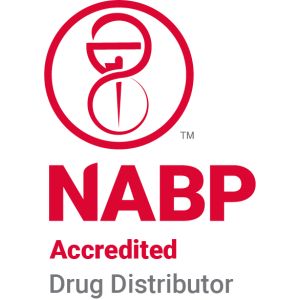Balancing Your Focus on Innovation with Your Legacy Production
Balancing Your Focus on Innovation with Your Legacy Production
Over the last 18 to 24 months, a new wave of innovation has crested over the orthopedics market, and OEMs are actively bringing more new products to market.
Innovation, of course, is essential to progress, especially in the medical device industry. The fiercely competitive nature of this market, coupled with the pressure to reduce costs as the healthcare system undergoes radical transformation, means medical device manufacturers must look to innovation for growth. In addition, medicine has always essentially been about innovation, as innovation offers the path to life-enhancing and life-saving technologies that have not yet been realized.
Innovation influences 2010-2020
Several factors are helping to fuel this wave of innovation. Over the last five to ten years, these have included industry consolidation through acquisition and mergers that create global juggernauts exerting influence; private equity investment that has created liquidity and opportunity; and the growth of the market size for minimally invasive medical technology, expected to exceed $50 billion this year. The repeal of the 2.3% tax on medical device manufacturers within the Affordable Care Act is also exerting influence, enabling OEMs to divert additional investments into R&D and product development. The tax had been a bipartisan target for reveal since the passage of the ACA in 2010 when its repeal was signed into law in December 2019.
Incubating med device innovation
While of course innovation offers opportunities for growth, it comes with incubation costs. Internal resources must be focused on developing, prototyping and manufacturing new products and successfully getting them to the field and to patients. Many OEMs tightly manage new product innovation, keeping intellectual property and early production firmly under wraps in house to reduce the risk of leaks (of prototypes, or of news of potential product struggles). These new products are more likely to be manufactured by the OEM itself, rather than by contract manufacturers. The result is that internal manufacturing capacity can be consumed—to some degree—by innovation efforts.
Balancing innovation and legacy production
As we’ve already established, innovation is an essential driver of progress, no matter whether your firm is a smaller OEM or global giant. When investing in innovation, though, it’s essential to understand how this focus can affect your legacy production—and to carefully consider the right balance.
Managing legacy production is, in many senses, about managing risk in your revenue portfolio. Innovation is new and shiny; legacy production can be more tried-and-true. Giving legacy production the attention it needs and deserves can be a way to ensure revenue consistency that can be reinvested in continued innovation. Resources, though, are always finite, no matter how large or small a firm is.
Outsourcing to support innovation
That’s why outsourcing can offer an opportunity to expand resources to strike the right balance between innovation and legacy. As a firm focuses on its core competences of developing and bringing new life-changing products to market, it can ensure smooth and uninterrupted steady-state production by contracting legacy products to an expert partner.
In considering the right balance between innovation and legacy production, it’s beneficial to ask such key questions as:
- Are you faced with capacity constraints affecting legacy production?
- Are you considering new capital expenditures on equipment or facilities?
- How would receiving your legacy products as a finished good free up existing constraints to innovation?
Choosing an expert partner for contract manufacturing can be the savviest decision you make in service of innovation—giving your legacy products the attention they deserve while shifting more focus to firm priorities.
At Millstone, we get it. We believe quality drives patient success. That’s why we’ve perfected all the capabilities medical device manufacturers need to get to market. Today we offer post-manufacturing and aftermarket services to more than 50 customers, including some of the top 10 orthopedic companies in the world. We are constantly evolving our processes and services to help OEMs achieve sustainable success. We offer clean room packaging, medical device specific warehousing, finished goods distribution, loaner kit management, advanced inspection and reverse logistics services—all with an unparalleled focus on quality.
What could we help you do better? Learn more at https://millstonemedical.com.
Comments are closed.



